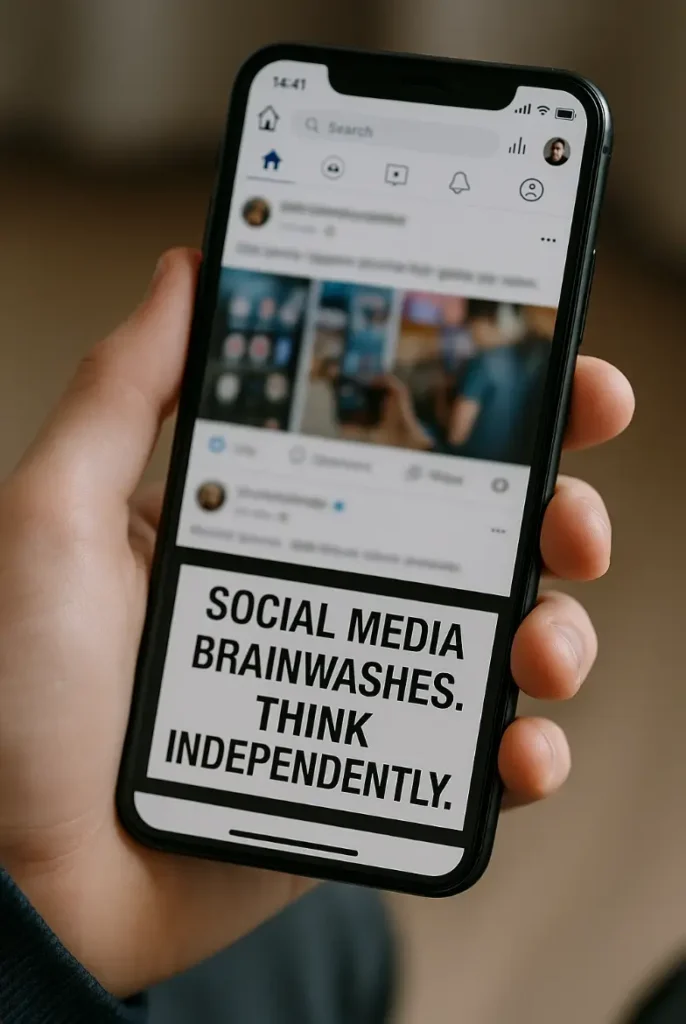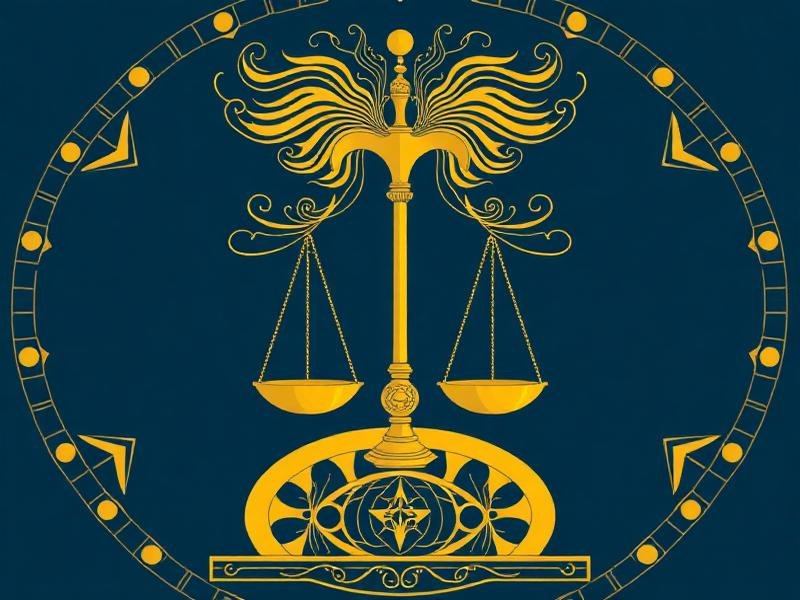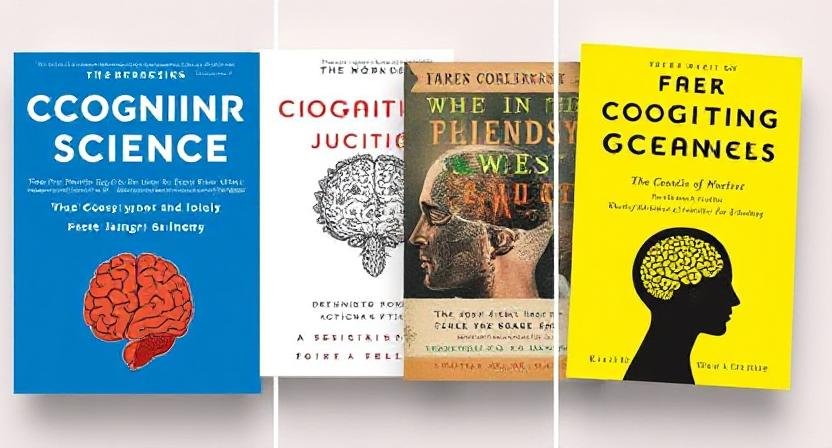
Should Social Media Carry Warning Labels?
In recent years, public health advocates and policymakers have begun to wonder if social media platforms should come with stark warning labels – much like the black-and-white health warnings on cigarette packs. The idea, once far-fetched, is now entering mainstream debate. Could a blunt message such as “Social media use may harm your mental health” or “This platform is designed to be addictive – use with caution” soon pop up when we open our favorite apps? This question is provoking strong arguments on both sides. In this post, we explore the case for and against treating social media like the new tobacco, and why this debate is gaining traction in North America, Europe, and beyond. We won’t take sides, but by the end, you might wonder why we aren’t talking about this more – and whether we should start.
Warnings on Social Media: A Growing Debate
Calls for social media health warnings are no longer just thought experiments – they’re coming from high places. In the United States, Surgeon General Dr. Vivek Murthy made headlines in 2024 by urging Congress to require a “Surgeon General’s warning” on social media platforms [1]. Murthy argued that heavy social media use is contributing to a mental health crisis among youth. Advocates note that tobacco-style warnings – grim, attention-grabbing labels – have helped raise awareness and even change consumer behavior [1].
It’s not just the U.S. In Europe, concern over social media’s impact has led to similar proposals. A government-appointed expert committee in Spain recommended that smartphones and popular apps display health warnings about excessive use [2]. France has considered raising the minimum age for social media to 15 [3], and Australia passed a law in 2024 banning social media access for children under 16 [4].
Imagine opening Instagram or TikTok and seeing a neutral, stark message: “Social Media can be addictive. Usage is linked to depression and anxiety. Proceed with caution.” Or: “This product is designed to influence your mind. Think for yourself!” The intent would be to jar users into awareness – to remind us all that these fun apps have a dark side.
The Case For Warning Labels on Social Media
1. A Youth Mental Health Crisis. Heavy social media use is linked to higher rates of depression, anxiety, body image issues, and loneliness. One study found that the rollout of Facebook at U.S. colleges was associated with worse mental health outcomes [8]. Warning labels could serve as a regular reminder of these risks.
2. Addiction by Design. Platforms use features like infinite scroll and emotion-triggering algorithms to maximize user engagement. Critics liken this to how tobacco companies engineered addiction. A blunt warning like “We’re trying to maximize profit by maximizing your screen time” would promote transparency [5].
3. Public Health Precedent. Cigarette warnings have deterred youth smoking. Alcohol bottles carry pregnancy warnings; gambling ads urge moderation. Social media could similarly benefit from plainspoken alerts [1].
4. Informed Choice. Warnings empower users and parents with knowledge, acting as a reality check amid the endless scroll. They could rotate themes – mental health, misinformation, privacy – to foster digital literacy [5].
5. Low Cost, High Visibility. Compared to regulating algorithms or banning features, warnings are simple, low-cost, and highly visible. Like nutrition labels or fact-check tags, they could spur conversation and awareness [5].
The Case Against Warning Labels
1. No Scientific Consensus. Unlike tobacco, the harms of social media are complex and not universally agreed upon. Some studies show benefits, especially for marginalized groups like LGBTQ+ teens [9]. Warning labels might oversimplify or stigmatize [15].
2. Ineffectiveness. Users often ignore pop-ups and disclaimers. Teenagers may even mock or rebel against warnings. Overexposure can lead to “warning fatigue,” reducing impact [15].
3. Free Speech Concerns. In the U.S., compelling platforms to display warnings may violate First Amendment protections against compelled speech [15].
4. Overreach. Social media, used moderately, can be beneficial. Blanket warnings might stigmatize normal use or distract from deeper causes of youth distress [9].
5. Better Alternatives Exist. Instead of warnings, experts suggest digital literacy education, age-appropriate design, and algorithm transparency. The EU’s Digital Services Act and UK’s Online Safety Bill already take this direction [6][7].
Current Measures and Legal Landscape
-
Age Restrictions: Most platforms limit use to ages 13+, though enforcement is weak. Some countries propose raising the minimum to 15 or 16 [3][4].
-
Content Warnings: Some platforms already use targeted warnings for sensitive content or misinformation.
-
Time Management Tools: Features like Instagram’s “Take a Break” and phone OS dashboards aim to limit screen time voluntarily.
-
Transparency Laws: The EU’s DSA and UK’s Online Safety Bill require platforms to assess and mitigate mental health risks [6][7].
Conclusion: An Open Question
So, should we treat social media platforms a bit like cigarette packs, slapping on blunt warnings about potential harm? As we’ve seen, there are powerful arguments on both sides:
On one hand, the analogy is compelling – social media is ubiquitous, potentially addictive, and potentially harmful especially to youth, and public health labeling could raise awareness and spur better choices. The calls by officials like Dr. Murthy underscore a sense of urgency to do something as teen mental health statistics worsen. Why, proponents ask, are we not using every tool in our toolbox – including a simple warning – when faced with what some call a “social media-fueled public health crisis”?
On the other hand, skeptics remind us that correlation is not causation, and that scapegoating social media might distract from deeper issues. A mandatory warning label might be too crude a solution for a nuanced problem – and could run afoul of legal and practical realities. They worry about unintended consequences, from free speech infringements to simply adding more clutter that users tune out.
This is, in many ways, a 21st-century dilemma: how do we balance the undeniable benefits of global online connectivity with the emerging evidence of its risks? It pits concerns of public health against principles of personal freedom and corporate rights. It also challenges us to consider the role of government in our digital lives – nurturing digital well-being without unduly restricting the flow of information.
Rather than giving a tidy answer, it might be best to leave this issue in a state of Socratic aporia – an open question that spurs reflection. Perhaps the key point is that we should be talking about solutions as dramatic as warning labels, even if we ultimately decide against them. The fact that proposals for cigarette-style warnings are gaining traction signals how serious the conversation about social media’s impact has become. Love the idea or hate it, it forces us to ask: How far are we willing to go to protect ourselves – and especially our children – from potential digital harms? And conversely, where do we draw the line between necessary warnings and overzealous regulation?There may not be easy answers yet.
What do you think? Would seeing a doom-and-gloom warning on Facebook or TikTok make you (or your teen) reconsider how you use it? Or would it be just white noise – or worse, an unjustified intrusion? We invite you to share your thoughts and continue this conversation. It’s a debate that is only just beginning, and one that ultimately involves all of us – as users, parents, citizens, and participants in the digital world.
If you found this discussion thought-provoking, consider reaching out to others or even your local representatives about it. Public pressure and dialogue can influence how tech companies and governments address these issues. At the very least, by talking openly about ideas like social media warning labels, we take a step toward independent thinking in the face of platforms designed to shape our minds – a goal we can probably all agree on.
Further Reading
Harrison, V. et al. (eds.) – Social Media and Youth Mental Health (APA Publishing, 2025): An academic collection offering a broader multi-generational perspective on social media’s influence. It explores not only risks (e.g. cyberbullying, disordered eating, self-harm) but also potential positive roles for social media in young people’s lives. Provides research-based insights and includes youths’ own perspectives.
Fisher, M. – The Chaos Machine: The Inside Story of How Social Media Rewired Our Minds and Our World (2022):An investigative journalist’s deep dive into how Facebook, YouTube, and other platforms exploded in influence and “preyed on psychological frailties to drive engagement”, allegedly fracturing social and political life. A highly critical account likened to an “authoritative and devastating” exposé of Big Tech’s impact.
Kardaras, N. – Digital Madness: How Social Media Is Driving Our Mental Health Crisis – and How to Restore Sanity (2022): A clinical psychologist’s look at the link between excessive screen time and rising youth mental illness. Argues that toxic social media creates “digital social contagion,” spreading psychiatric disorders and polarizing young minds. Also offers solutions drawing from philosophy and psychology to help people unplug and build resilience.
Aral, S. – The Hype Machine (2020): Written by an MIT professor, this book examines the perils and promise of social media. It explains why social networks are so powerfully engaging and suggests ways to adapt and reform them to reduce harms like misinformation and polarization. Aral discusses possible regulatory and technological fixes, aiming to “achieve the promise and avoid the peril” of the social media era.
-
https://www.nytimes.com/2024/06/17/health/social-media-warning-label.html
-
https://www.politico.eu/article/france-social-media-age-limit-minors/
-
https://www.theguardian.com/australia-news/2024/may/21/australia-social-media-ban-under-16
-
https://www.latimes.com/california/story/2024-01-11/social-media-warning-label-california-bill
-
https://www.congress.gov/bill/118th-congress/senate-bill/1409
-
https://www.gov.uk/government/news/landmark-online-safety-bill-passes-through-parliament
-
https://nap.nationalacademies.org/catalog/27188/social-media-and-adolescent-health
-
https://www.apa.org/news/press/releases/2024/05/social-media-youth-mental-health
-
https://www.jonathanhaidt.com/social-media-mental-health-crisis/
-
https://www.penguinrandomhouse.com/books/669508/the-chaos-machine-by-max-fisher/
-
https://www.penguinrandomhouse.com/books/622827/the-hype-machine-by-sinan-aral/
-
https://www.pewresearch.org/internet/2023/12/11/teens-and-social-media-2023/
Should Social Media Carry Warning Labels?
In recent years, public health advocates and policymakers have begun to wonder if social media platforms should come with stark warning labels – much like the black-and-white health warnings on cigarette packs. The idea, once far-fetched, is now entering mainstream debate. Could a blunt message such as “Social media use may harm your mental health” or “This platform is designed to be addictive – use with caution” soon pop up when we open our favorite apps? This question is provoking strong arguments on both sides. In this post, we explore the case for and against treating social media like the new tobacco, and why this debate is gaining traction in North America, Europe, and beyond. We won’t take sides, but by the end, you might wonder why we aren’t talking about this more – and whether we should start.








